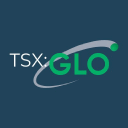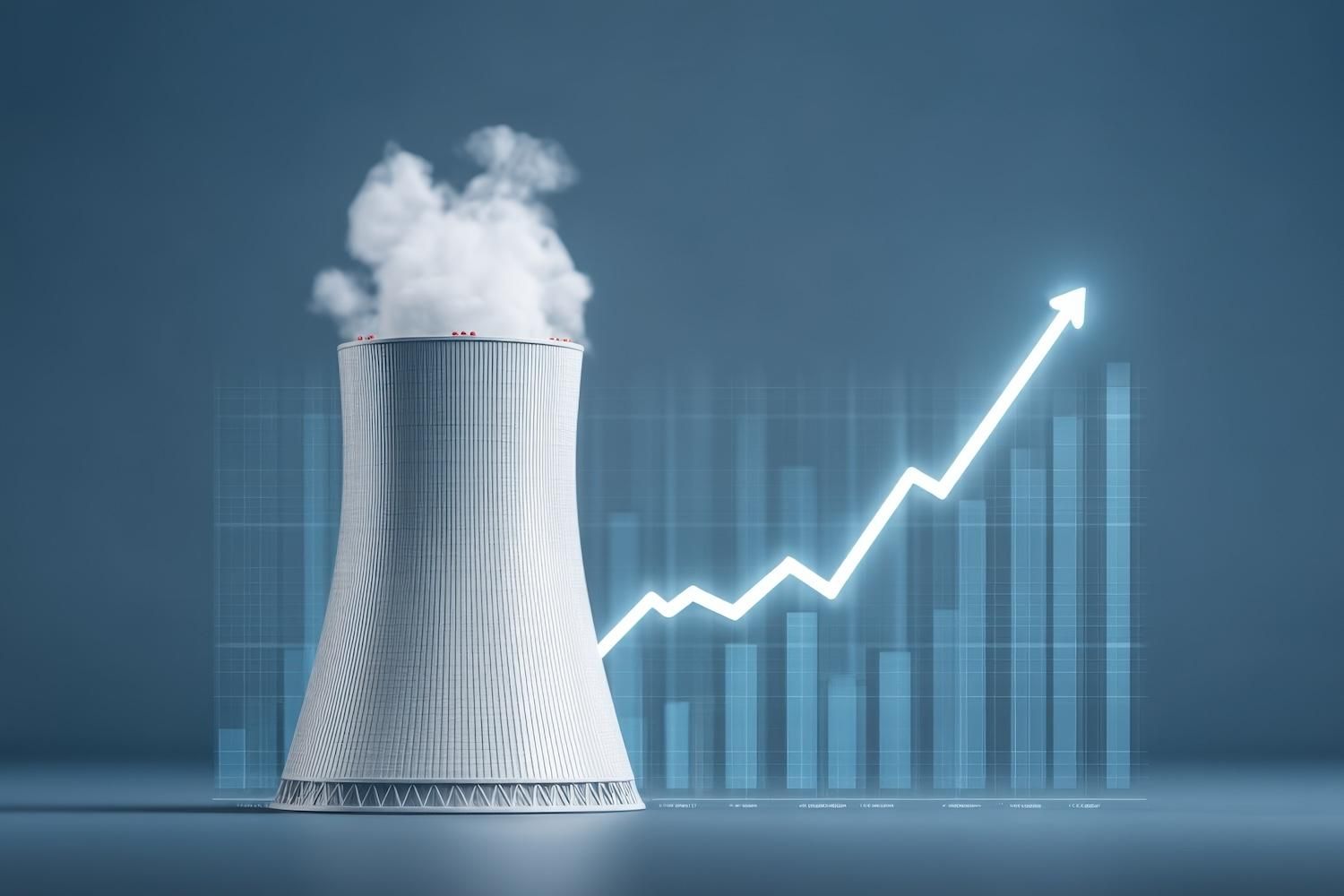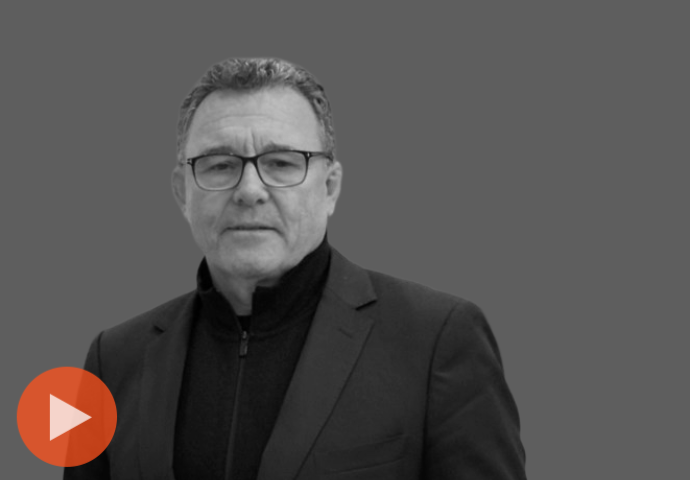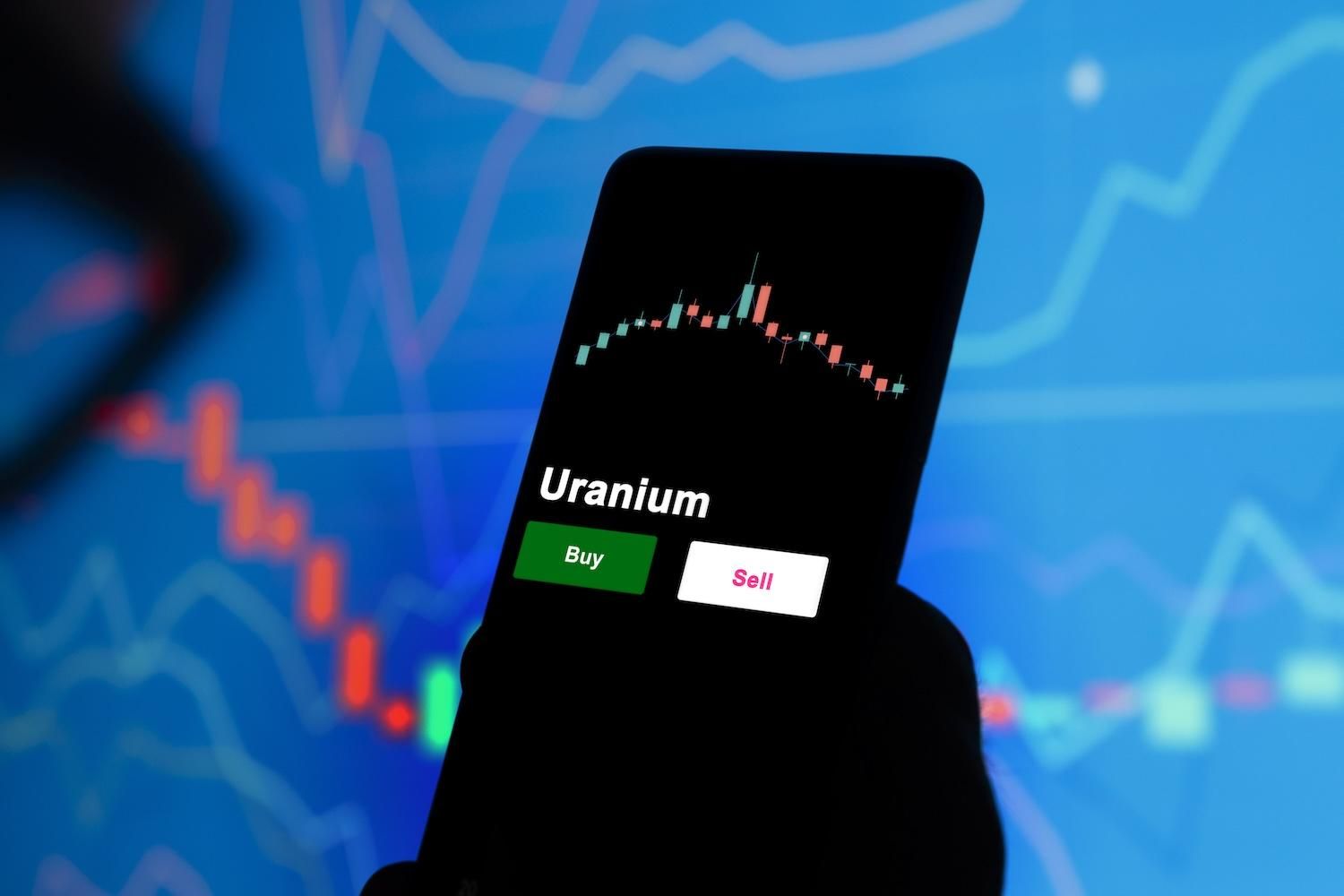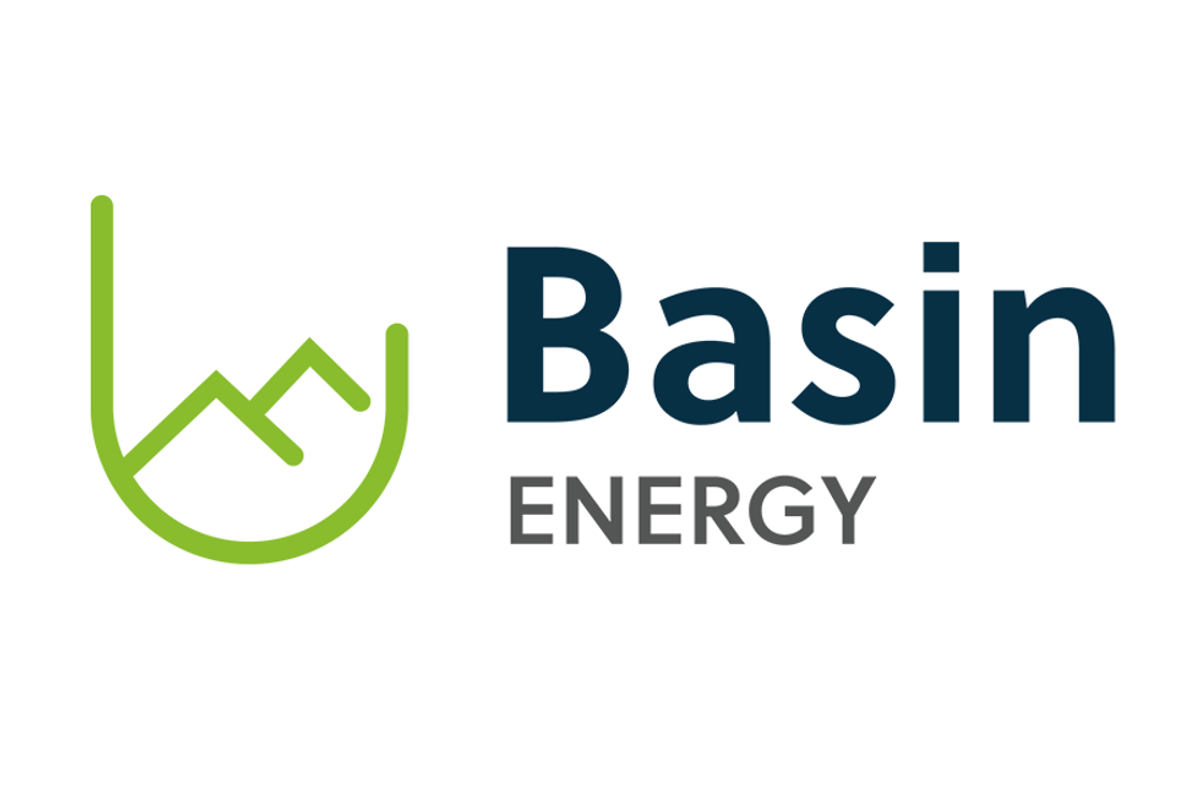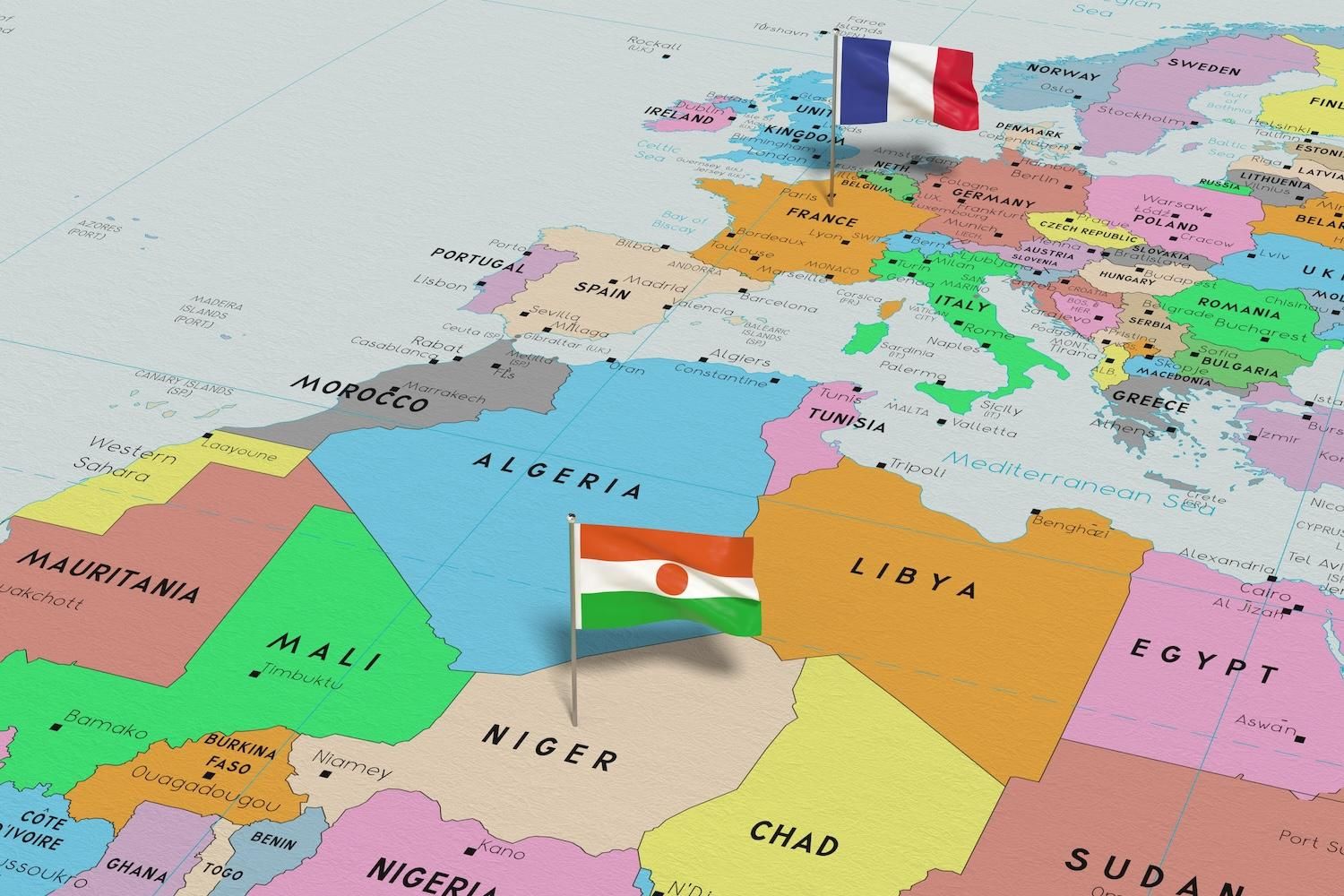Highlighting Significant Progress on its Dasa Uranium Project and a Positive Outlook for its Zinc Recycling Business
Global Atomic Corporation ("Global Atomic" or the "Company"), (TSX: GLO) (FSE: G12) (OTCQX: GLATF) announced today its operating and financial results for the year ended December 31, 2020 .
HIGHLIGHTS
Dasa Uranium Project
- A Preliminary Economic Assessment ("PEA") of the Phase 1 Development Plan for the Dasa Uranium Project was completed, indicating an initial, Phase 1, 12-year mine schedule to produce 44.1 million pounds U 3 O 8, with an average processed grade of 5,396 ppm.
- The PEA estimates cash costs of US $16.72 /lb U 3 O 8, including corporate and all other off-site costs, and an all-in sustaining cost of US $18.39 /lb U 3 O 8.
- Based on a U 3 O 8 price of US $35 /lb, the after-tax NPV discounted at 8%, is $211 million for an after tax IRR of 26.6%.
- A final Feasibility Study to confirm the Phase 1 PEA was initiated and various technical and trade-off studes undertaken.
- A Pilot Plant project to test and optimize the process plant flow sheet was initiated.
- The Company submitted its Mining Permit application.
- An Environmental Impact Statement ("EIS") was completed and filed with the Niger Government.
- The Mining Permit for the Dasa Project was issued on December 23, 2020 .
Turkish Zinc Joint Venture
- Commissioning of the new Turkish Zinc recovery plant was completed in Q1 2020 and targeted operating efficiencies attained by year end.
- The Company's share of the Turkish Zinc Joint Venture ("Turkish JV") EBITDA was $5.6 million in 2020 ( $0.3 million in 2019).
- The non-recourse Turkish JV debt was US $21.75 million (Global Atomic share – US $10.88 million ) at the end of 2020 and the JV cash balance was US $3.9 million .
- The Company's share of the Turkish JV loss was $1.0 million , including its $5.0 million share of non-cash expenses attributable to depreciation and unrealized foreign exchange losses.
Corporate
- Global Atomic continues to receive management fees and sales commissions from the Turkish JV, helping to offset corporate overhead costs.
- Ron Halas , P.Eng. was appointed Chief Operating Officer.
- Bob Tait was appointed Vice-President Investor Relations.
- Trace Arlaud , M.Eng., was appointed to the Board as an Independent Director.
- The Company completed a private placement of 5,538,335 Units on May 15 th at a price of $0.60 per Unit for gross proceeds of $3,323,000 . Each Unit comprised one common share and one-half warrant exercisable at $0.85 per common share over a 24-month period, subject to accelerated expiry should the shares close above $1.10 for 20 days.
- The Company upgraded its listing on the OTC market in the United States to the OTCQX market and made the Company's shares DTC eligible to facilitate electronic trade settlement. The upgraded listing provides Global Atomic with blue sky clearance in all but 5 States and allows the investment community to more broadly market the Company which facilitates wider investor participation in the Company's securities and increased liquidity.
Stephen G. Roman , Chairman, President and CEO commented " The year 2020 was a pivotal year for both of Global Atomic's businesses and, at the corporate level, we added to our cash position and strengthened the management team and the Board.
The Dasa Uranium Project was redefined with the publication of the Preiminary Economic Assessment in May that used a Base Case US$35 /lb uranium price to delineate an initial Phase 1, to mine an average of 4.4 Mlb U 3 O 8 per year, over 12 years, for an after tax IRR of 26.6%. In December, Dasa was granted its Mining Permit, a major milestone achieved, and our Pilot Plant successfully surpassed our expectations for the metallurgical process defined in the PEA, the results of which were subsequently announced in Q1 2021.
At our Turkish Zinc JV, 2020 marked the first full year running the modernised and expanded EAFD recycling plant. While EAFD supply restrictions and lower zinc prices affected this business in the first half of the year, both supply and price recovered well in the second half. We have seen these stronger conditions continue into 2021, which we expect will be sufficient to retire the debt associated with the expansion before year end."
SUBSEQUENT EVENTS
Dasa Uranium Project
- The Republic of Niger issued an Environmental Certificate of Compliance to the Company in January 2021.
- All permits are now in place for the development of the Dasa Project and commencement of commercial production.
- The Pilot Plant project to test and optimize the process flow sheet launched in 2020 was successfully completed with results that surpassed the May 2020 PEA and feature higher uranium recoveries.
- An agreement was signed with Fuel Link Ltd. to develop a marketing strategy and assist in negotiating uranium supply contracts with utilities.
Corporate
- $2.4 million was received in February as a result of the accelerated expiry of warrants issued pursuant to the May 2020 private placement.
- The Company completed a Bought Deal private placement of 6,250,000 Units on March 16 th at a price of $2.00 per Unit for gross proceeds of $12,500,000 . Each Unit comprised one common share and one-half warrant exercisable at $3.00 per common share over an 18-month period.
OUTLOOK
Dasa Uranium Project
- A Feasibility Study to finalize the mine plan, process flow sheet, detailed engineering, capital and operating cost estimates is well underway and expected to be completed by the end of Q3 2021.
- Initial off-take agreement discussions are underway for yellowcake delivery begining in Q4, 2024 when the Dasa Mine is scheduled to begin commercial operations.
Turkish Zinc Joint Venture
- The Turkish zinc plant continues to operate at target operating efficiencies.
- Zinc price staged a strong recovery in 2020 and in 2021 has stayed above US $1.20 /lb.
- Full repayment of the loan from Befesa is anticipated by the end of 2021, subject to the zinc price and EAFD availability.
- Turkish JV dividend payments will resume following repayment of the non-recourse loan from Befesa used for plant modernization.
Corporate
- Upon completion of the Dasa Project Feasibility Study, the Company will finalize agreements relating to uranium off-take contracts and project financing.
Looking forward, Mr. Roman commented, " With our permits in hand and positive confirmation of the proposed metallurgical process, we are focused on financing the construction of the Dasa Mine. To facilitate financing we are on track to complete our Feasibility Study in Q3 and have begun discussions with financial institutions and utilities regarding off-take agreements for our planned yellowcake production. We remain confident in our plans to start building the Mine in early 2022 .
The current Dasa mineral resource will extend well past the initial 12 years of Phase 1. Our previous drilling programs defined a large deposit which will be upgraded with additional drilling. In addition, the deposit remains open along strike and at depth which provides excellent exploration upside."
Summarized income statement and financial position information is shown as follows:
| | | Year ended December 31, | ||||
| | | 2020 | | 2019 | ||
| Revenues | | $ | 707,552 | | $ | 239,451 |
| | | | | | ||
| General and administration | | 3,397,564 | | 4,222,848 | ||
| Share of loss (net earnings) from joint venture | 1,012,580 | | (7,671,204) | |||
| Finance expense | | 16,787 | | 24,548 | ||
| Foreign exchange loss | | 4,371 | | 46,426 | ||
| Other income | | (86,044) | | (120,000) | ||
| Net income (loss) | | $ | (3,637,706) | | $ | 3,736,833 |
| Other comprehensive income (loss) | | $ | (1,490,473) | | $ | (4,014,184) |
| Comprehensive income (loss) | | $ | (5,128,179) | | $ | (277,351) |
| | | | | | ||
| Basic net income (loss) per share | | ($0.024) | | $0.026 | ||
| Diluted net income (loss) per share | | ($0.024) | | $0.025 | ||
| | | | | | ||
| Basic weighted-average number of | | 149,403,862 | | 143,434,883 | ||
| Diluted weighted-average number of | | 149,403,862 | | 150,561,905 | ||
| | | | | | ||
| Cash dividends declared | | $0.000 | | $0.000 | ||
| | | | | | ||
| | | As at December 31, | ||||
| | | 2020 | | 2019 | ||
| Cash | | $ | 2,448,235 | | $ | 3,890,665 |
| Exploration & evaluation assets | | 38,676,797 | | 33,218,747 | ||
| Investment in joint venture | | 11,497,351 | | 15,870,717 | ||
| Other assets | | 418,704 | | 624,949 | ||
| Total assets | | $ | 53,041,087 | | $ | 53,605,078 |
| | | | | | ||
| Total current financial liabilities | | $ | 1,231,149 | | $ | 599,833 |
| Total non-current financial liabilities | | $ | - | | $ | 47,922 |
The consolidated financial statements reflect the equity method of accounting for Global Atomic's interest in the Turkish JV. The Company's share of net earnings and net assets are disclosed in the notes to the financial statements.
Dasa Uranium Project, Niger
The May 2020 PEA results were prepared based on a U 3 O 8 price of US $35 /pound resulting in a Phase 1 Development Plan after-tax internal rate of return of 26.6% and net present value of US $211 million using an 8% discount rate. The average cash cost over this project phase is US $16.72 /pound and the AISC is US $18.39 /pound. The positive outcome of the PEA supported the Company's decision to move the Dasa project into production.
In September 2020 , the Company, through its wholly-owned subsidiary, Global Atomic Fuels Corporation ("GAFC"), applied for a Mining Permit for the Dasa Project, which was subsequently awarded on December 23, 2020 . The Company also completed its Environmental Impact Statement, and, on January 28, 2021 received its Environmental Certificate of Compliance. GAFC now holds all permits required to construct and mine the Dasa deposit.
Upon completion of the PEA, the Company undertook various optimization and trade-off studies to support its final Feasibility Study, including:
- A Pilot Plant project to further refine the flow sheet and optimize reagent use;
- A structural drilling program to provide data needed for final mine plan engineering and portal location;
- Trade-off studies to optimize mining methods and related parameters;
- Trade-off studies to optimize its tailings storage facility
- Testing of alternative backfill methods to optimize the final selection.
The final Feasibility Study for the Dasa deposit is presently underway and is expected to be complete in Q3 2021. The Company is investigating various financing strategies that will enable it to begin construction of the mine and processing facility in 2022, with completion by the end of 2024.
On January 21, 2021 , GAFC was awarded a further extension on all 6 Exploration Permits through to December 17 , 2023. The Company intends to further explore and delineate the Isakanan, Tin Negouran and Dajy deposits situated on these permit areas, which may be developed to feed the Dasa processing facility in the future. All six Exploration Permit areas lie within the Tim Mersoï Basin which has produced uranium for the Republic of Niger for the past 50 years.
Turkish Zinc JV, Iskenderun, Turkey
The following table summarizes comparative operational metrics of the Iskenderun facility.
| | | |
| | Year ended December 31, | |
| | 2020 | 2019 |
| | 100% | 100% |
| | | |
| Exchange rate (TL/C$, average) | 5.24 | 4.28 |
| Exchange rate (C$/US$, average) | 1.34 | 1.33 |
| | | |
| Exchange rate (TL/C$, period-end) | 5.84 | 4.58 |
| Exchange rate (C$/US$, period-end) | 1.27 | 1.30 |
| | | |
| EAFD processed (DMT) | 68,841 | 24,327 |
| | | |
| Average zinc price (US$/LB.) | 1.03 | 1.16 |
| | | |
| Production (DMT) | 25,594 | 7,650 |
| Shipments (DMT) | 26,600 | 6,735 |
| | | |
| Shipments (zinc content, 000 lb.) | 40,665 | 10,138 |
The Turkish JV owns and operates an EAFD recycling plant in Iskenderun, Turkey . The plant processes EAFD containing up to 30% zinc that is obtained from electric arc steel mills and produces a concentrate grading approximately 70% zinc that is sold to zinc smelters in Europe.
Global Atomic holds a 49% interest in the Turkish JV and, as such, the investment is accounted for using the equity basis of accounting. Under this basis of accounting, the Company's share of the Turkish JV's earnings is shown as a single line in its Consolidated Statements of Income (Loss).
In 2018, the Zinc JV approved a capital project to modernize and expand the Iskenderun plant. The project began in 2018 and was completed in 2019. In January 2019 , the Iskenderun plant shut down so the site reconstruction could begin. Commissioning of the new plant was completed in August 2019 and production ramp up began in September. The Iskenderun plant now has the capacity to process 110,000 tonnes EAFD per annum, an increase from the 65,000 tonne per annum previous capacity.
The following table summarizes comparative results for 2020 and 2019 of the JV at 100%.
| | Year ended December 31, | |||
| | 2020 | 2019 | ||
| | 100% | 100% | ||
| Net sales revenues | $ | 33,330,563 | $ | 10,475,245 |
| | | | ||
| Cost of sales | 23,537,347 | 9,620,079 | ||
| Foreign exchange (gain) | (1,609,936) | 115,439 | ||
| EBITDA(1) | $ | 11,403,152 | $ | 739,727 |
| | | | ||
| Management fees & sales commissions | 1,560,743 | 499,815 | ||
| Depreciation | 3,183,605 | 1,424,310 | ||
| Interest expense | 1,754,562 | 559,544 | ||
| Foreign exchange loss | 6,933,343 | 73,173 | ||
| Other expense (income) | 14,690 | (19,367) | ||
| Loss (gain) on property disposition | (64,040) | 203,004 | ||
| Tax expense (recovery) | 86,738 | (17,656,270) | ||
| Net income (loss) | $ | (2,066,489) | $ | 15,655,518 |
| Global Atomic's equity share | $ | (1,012,580) | $ | 7,671,204 |
| | | | ||
| Global Atomic's share of EBITDA | $ | 5,587,544 | $ | 362,466 |
| (1) | EBITDA is a non-IFRS measure, does not have a standardized meaning prescribed by IFRS and may not be comparable to similar terms and measures presented by other issuers. EBITDA comprises earnings before income taxes, interest expense (income), foreign exchange loss (gain) on debt, depreciation, management fees, sales commissions, losses (gains) on sale of property, plant and equipment and impairment charges. |
With the impact of COVID-19 lock downs around the world, global steel production declined by 9.6% in Q2 2020 compared to Q2 2019. However, a general recovery began in Q3 and in Q4, world steel production increased 6.1% over the comparable 2019 period. Year over year, global steel production declined by 0.9%. The year-over-year impact by region was mixed: Chinese production increased 5.2%; European Union production declined 11.8%; North American production declined 15.5%, and Turkish production increased by 6.0%.
The capacity of the Turkish steel industry is approximately 50 million tonnes annually. Electric arc furnace steel producers account for 76% of this capacity. In 2020, the Turkish steel industry produced 35.8 million tonnes steel, of which, 11.0 million tonnes were produced from blast furnaces and 24.8 million tonnes from electric arc furnaces. Utilization in electric arc furnace steel plants, the source of EAFD, is estimated to have been approximately 65%, up from 60% in 2019. Based on EAFD processing capacity, it is estimated that total Turkish EAFD processing capacity would be fully utilized if electric arc furnace steel plants are operating at approximately 80% capacity.
The 2019 operations of the Iskenderun plant are not comparable since the plant was closed for reconstruction between January and September. In 2020, BST processed 68,841 tonnes EAFD, which represents approximately 63% of plant capacity. BST shipped 26,600 tonnes of concentrates in 2020, containing 40.7 million pounds of zinc. At various times in 2020, the plant was shutdown for scheduled maintenance as well as completion of final adjustments to the new plant. By year end, the plant was operating at the efficiency levels that had been planned prior to the reconstruction and has continued to do so in 2021.
The average zinc price in 2020 was US $1.03 /lb, down from US $1.16 /lb in 2019. The zinc price was US $1.04 /lb at the start of 2020 and with improved market sentiment, the zinc prices reached a peak of US $1.12 /lb on January 22 nd . Thereafter, reduced market demand initially from China and then globally, resulting from the COVID-19 outbreak, resulted in price declines, reaching a low of US $0.80 /lb on March 25 th . The zinc price remained under pressure in Q2 2020, and strengthened considerably in Q3 as well as through year-end to finish the year at US $1.24 /lb.
The total cost for the plant modernization and expansion was approximately US $26.6 million , which was funded by cash on hand, available credit lines from the Turkish JV's Turkish bank and non-recourse loans from Befesa. At December 31, 2020 , the Befesa loans totalled US $13.6 million and bear interest at Libor + 4.0% with no fixed maturity date. The Turkish bank loans were renewed in August and September and converted to revolving lines of credit. The outstanding balance on December 31, 2020 was US $8.15 million and bears interest at 3.05%.
The loans are denominated in US dollars but converted to Turkish Lira for functional currency accounting purposes. For presentation purposes, the equity interests are then converted to Canadian dollars. The foreign exchange loss for the 12 months ended December 31, 2020 related to the Turkish JV debt and cash balances was $6.9 million .
This foreign exchange loss is an unrealized loss, and largely relates to the devaluation of the Turkish Lira relative to the US dollar from 5.95 on December 31, 2019 to 7.43 at December 31, 2020 . In economic terms, all revenues are received in US dollars and these will be used to pay down the US denominated debt, so no exchange gains/losses will be realized in US dollar terms. The accounting exchange losses relate to the debt are shown below EBITDA as a financing related cost.
Tax expense (income) shown in the income statement is a non-cash deferred tax amount. The 2019 tax recovery arises largely due to the recognition of investment tax credits. Turkish entities qualified for an investment tax credit incentive on the new plant, of which TL 77.4 million ( $13.3 million ) remains as a carry-forward balance at the end of 2020.
Overall, the Company's share of EBITDA was $5.6 million in 2020 ( $11.4 million at 100%). After deduction of management fees, sales commissions and interest expense ( $3.3 million ) and non-cash depreciation, foreign exchange losses and deferred taxes ( $10.2 million ), the Company's share of net loss was $1.0 million ( $2.1 million at 100%).
QP Statement
The scientific and technical disclosures in this news release have been reviewed and approved by Ronald S. Halas , P.Eng. and George A. Flach , P.Geo. who are "qualified persons" under National Instrument 43-101 – Standards of Disclosure for Mineral Properties.
About Global Atomic
Global Atomic Corporation ( www.globalatomiccorp.com ) is a publicly listed company that provides a unique combination of high-grade uranium mine development and cash-flowing zinc concentrate production.
The Company's Uranium Division includes four deposits with the flagship project being the large, high-grade Dasa Project, discovered in 2010 by Global Atomic geologists through grassroots field exploration. With the issuance of the Dasa Mining Permit and an Environmental Compliance Certificate by the Republic of Niger , the Dasa Project is fully permitted and final design in support of the Company's Feasibility Study is on-going.
Global Atomics' Base Metals Division holds a 49% interest in the Befesa Silvermet Turkey, S.L. ("BST") Joint Venture, which operates a new, state of the art zinc production plant, located in Iskenderun, Turkey . The plant recovers zinc from Electric Arc Furnace Dust ("EAFD") to produce a high-grade zinc oxide concentrate which is sold to zinc smelters around the world. The Company's joint venture partner, Befesa Zinc S.A.U. ("Befesa") listed on the Frankfurt exchange under 'BFSA', holds a 51% interest in and is the operator of the BST Joint Venture. Befesa is a market leader in EAFD recycling, with approximately 50% of the European EAFD market and facilities located throughout Europe and Asia .
The information in this release may contain forward-looking information under applicable securities laws. Forward-looking information includes, but is not limited to, statements with respect to completion of any financings; Global Atomics' development potential and timetable of its operations, development and exploration assets; Global Atomics' ability to raise additional funds necessary; the future price of uranium; the estimation of mineral reserves and resources; conclusions of economic evaluation; the realization of mineral reserve estimates; the timing and amount of estimated future production, development and exploration; cost of future activities; capital and operating expenditures; success of exploration activities; mining or processing issues; currency exchange rates; government regulation of mining operations; and environmental and permitting risks. Generally, forward-looking statements can be identified by the use of forward-looking terminology such as "plans", "is expected", "estimates", variations of such words and phrases or statements that certain actions, events or results "could", "would", "might", "will be taken", "will begin", "will include", "are expected", "occur" or "be achieved". All information contained in this news release, other than statements of current or historical fact, is forward-looking information. Statements of forward-looking information are subject to known and unknown risks, uncertainties and other factors that may cause the actual results, level of activity, performance or achievements of Global Atomic to be materially different from those expressed or implied by such forward-looking statements, including but not limited to those risks described in the annual information form of Global Atomic and in its public documents filed on SEDAR from time to time.
Forward-looking statements are based on the opinions and estimates of management at the date such statements are made. Although management of Global Atomic has attempted to identify important factors that could cause actual results to be materially different from those forward-looking statements, there may be other factors that cause results not to be as anticipated, estimated or intended. There can be no assurance that such statements will prove to be accurate, as actual results and future events could differ materially from those anticipated in such statements. Accordingly, readers should not place undue reliance upon forward-looking statements. Global Atomic does not undertake to update any forward-looking statements, except in accordance with applicable securities law. Readers should also review the risks and uncertainties sections of Global Atomics' annual and interim MD&As.
The Toronto Stock Exchange has not reviewed and does not accept responsibility for the adequacy and accuracy of this news release.
SOURCE Global Atomic Corporation

![]() View original content to download multimedia: https://www.newswire.ca/en/releases/archive/March2021/29/c6097.html
View original content to download multimedia: https://www.newswire.ca/en/releases/archive/March2021/29/c6097.html

